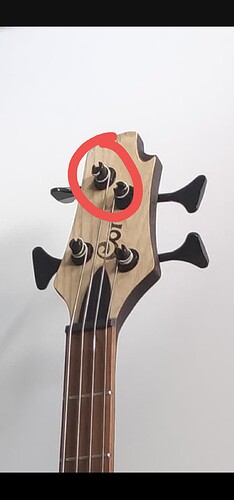Hi everyone ! So I got a newly acquired gear, a Cort B4 Artisan Element which looks fantastic (at least to me), feels fantastic and …
sound terrible ^^. Well, I’m exaggerating a bit, but mostly, I got fret buzz on the frets mentioned below :
E : 1st,2nd,3rd,4th,5th
A : open (if hit hard),1st,2nd,3rd,4th
D : /
G : /
Since I kinda expected that I would have to adjust the truss rod, I tried to follow some tests shown in these 2 videos :
-
Roger Sadowsky Bass Setup Video - YouTube (@4:18) :
Holding 1st and 12th fret, there’s a (paper thin) gap between my E string and the 6 or 7th frets.
-
SETUP your bass like a PRO with NO SPECIAL TOOLS!!! - YouTube (@8:25)
If I hold the last and 1st fret as explained, there’s about 1mm gap (maybe less).
From this, if i understand correctly… : test passed, right ?
Besides that, I also wanted to pointed out that i’m below 2mm at the 12th fret for the E string, something like 1.75 mm. This seemed so low to me (what do you think ?) I had to check 3 times, but there’s no question about it.
So, I think I only need to raise the action for my E and A strings, but do I need to adjust the others as well ?
I’m confused because some people seems to recommend getting all strings at the same height, while others seems to follow the fretboard radius. Is it a matter a personal preference ?
Thank you for your help and advices !


